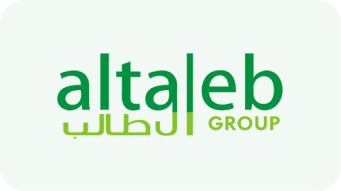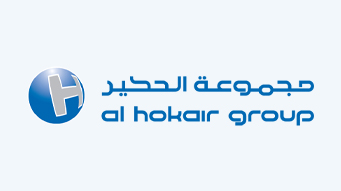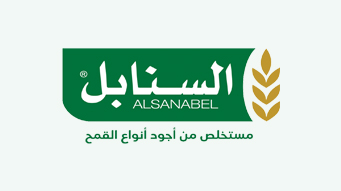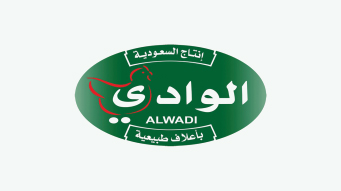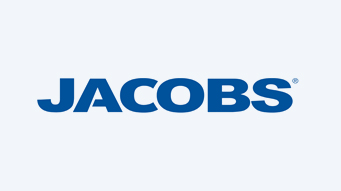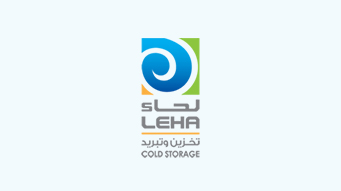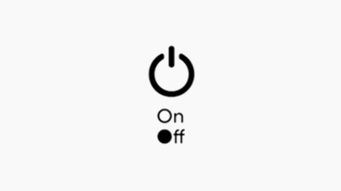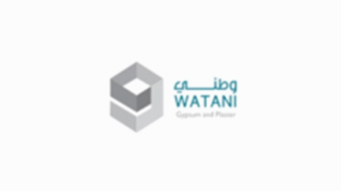
How to calculate the dosage amount of RO antiscalant chemicals?
Calculate the dosage amount of RO antiscalant chemicals that are generally added in the safety filter of the reverse osmosis system, that is, before the precision filter. Added to the dosing system through the metering pump in the pipeline of reverse osmosis equipment, RO antiscalant chemicals can be used directly in the original solution or diluted before use. It is not recommended to dilute more than 10 times, that is, the concentration should not be less than 10%.
The recommended concentration of RO chemical antiscalants is generally 5-20 ppm, that is, 5-20g of RO antiscalants should be added per 1 ton of water in the reverse osmosis equipment. We determine the weekly dose according to the use of the device, determine the volume of the dosing tank according to the weekly dose, and adjust the dosing pump to make the reverse osmosis agent injected into the reverse osmosis equipment smoothly and continuously. Monthly dose calculation formula: W (monthly dose <kg>) = Q (inlet water flow of reverse osmosis equipment <m3/h>) × S (dosing concentration <g/ton>) × H (working time of reverse osmosis equipment <hour> ) x 30/1000 (1000 is the conversion amount from g and Kg).
The equation to calculate the monthly dose
We take the water quantity of the reverse osmosis system unit of a 100-ton reverse osmosis system as an example. And calculate the use of anti-scale chemicals for each set of reverse osmosis systems. That is, the dosing quantity.
The monthly dosage of reverse osmosis chemical antiscalants is: 100 * 5 * 24 * 30/1000 = 360 kg (5 is the dosing concentration ppm; 24 is the number of working hours per day; 30 is the number of days per month; 1000 is the unit conversion g for KG).
Antiscalant chemicals are used to prevent the scaling & fouling of the RO membranes. The scale may consist of mineral fouling such as calcium sulfate, calcium carbonate, barium sulfate, silica, calcium fluoride, and strontium sulfate. Antiscalant dosing should be done before reaching the RO membranes to break up sulfate precipitates, calcium carbonate, and other mineral fouling.
Importance of calculating the dosage amount of RO antiscalant chemicals
Antiscalant is the preferred pretreatment method for water systems due to its unmatched effectiveness in reducing membrane fouling. Antiscalant chemical is used to process very poor-quality feed water at very high rates of recovery. When used properly, Antiscalant extends the time between membrane cleanings from a few weeks to years in some cases. Without Antiscalant, RO membrane systems would not be as successful in serving the water treatment industry.
Why Use Antiscalant in RO Plant
An extensive range of advanced technology antiscalant water systems has been developed to manage the problems associated with hard water. Specifically hardness salts and scale formation across a wide range of commercial, industrial, and process environments.
Successful membrane cleaning relies on both the effectiveness of the cleaning compounds and the design and operation of the cleaning equipment. We can offer suggestions on cleaning system design and cleaning procedures to ensure the most effective results.
Here are the main benefits of utilizing antiscalant in your RO plant:
Minerals that cause scaling can be effectively controlled. Suitable with the most popular membranes on the marketExtinguish particle foulants to keep membrane areas clean. Significantly higher recovery rates can be achieved with RO systems, resulting in reduced operational costs.
How do Antiscalants work?
Antiscalant is a pretreatment water additive for reverse osmosis system that is highly effective in preventing the membranes from scaling. Before the feed water enters the reverse osmosis membrane. An antiscalant is injected into the water and sent through the system. The chemicals create a time delay between the bicarbonate and the calcium magnesium. The delay allows the water to pass through the membrane before any chemical reaction, in which scale can form, occurs. This results is scale not forming as the water is being purified by the RO.







